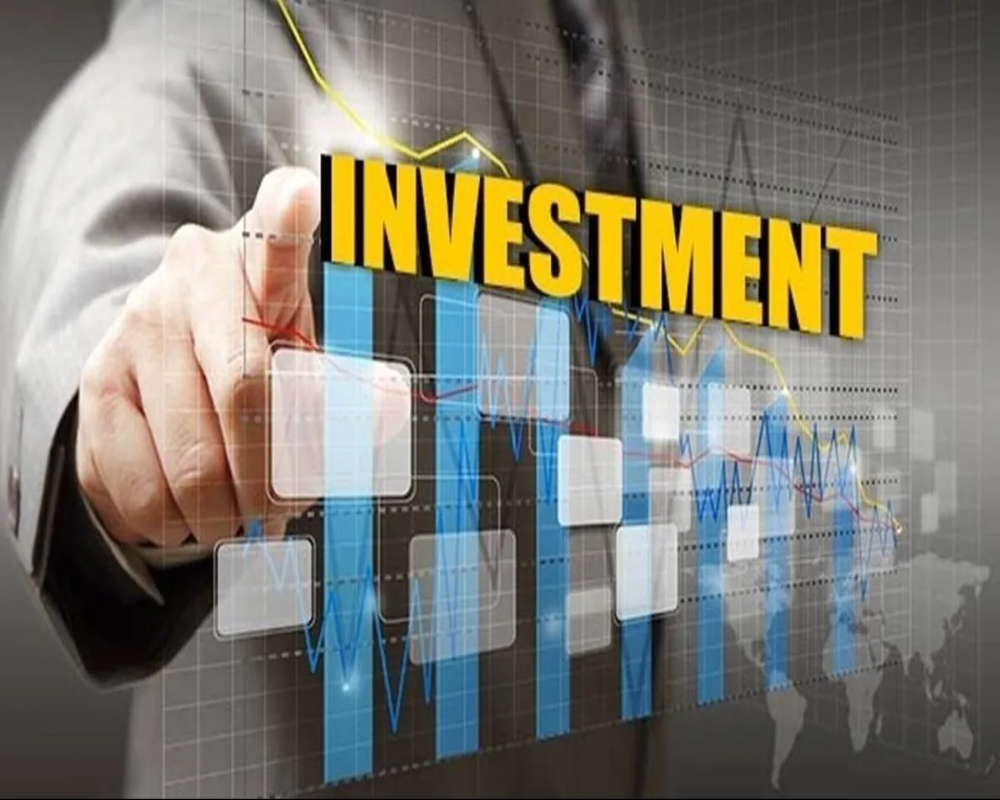Introduction
Evaluating industrial investments is a critical process that helps stakeholders determine the feasibility, profitability, and long-term sustainability of a proposed project. Whether for manufacturing plants, logistics hubs, or integrated industrial parks, a structured evaluation framework allows investors, policymakers, and developers to minimize risks and optimize returns. This process requires the analysis of both quantitative and qualitative parameters, ranging from financial performance to environmental compliance. Establishing clear criteria ensures informed decision-making and strengthens confidence in industrial development initiatives.
Market Demand and Sectoral Alignment
One of the primary criteria for evaluating industrial investments is the alignment with existing and projected market demand. This involves assessing the target industry’s growth potential, customer base, consumption trends, and competitive landscape. Projects that address high-demand sectors such as renewable energy, electronics, pharmaceuticals, or food processing tend to offer greater resilience and return on investment. Market studies and demand forecasting tools are used to validate assumptions and guide strategic focus.
Location and Infrastructure Accessibility
The strategic location of an industrial investment significantly affects logistics, cost efficiency, and operational scalability. Evaluation should consider proximity to raw materials, suppliers, transportation hubs, ports, and end markets. Access to essential infrastructure such as electricity, water, waste disposal, internet connectivity, and internal roads is crucial. Industrial clusters and economic zones offering shared facilities and connectivity enhance the viability of investments by reducing setup time and operational costs.
Financial Feasibility and Capital Requirements
Financial evaluation focuses on cost structures, investment size, projected cash flows, break-even analysis, and expected returns. Key metrics include Net Present Value, Internal Rate of Return, Payback Period, and Earnings Before Interest and Taxes. The ability to secure capital through equity, debt, or public-private partnerships is also assessed. A financially feasible project should demonstrate a sustainable balance between capital expenditure and anticipated income streams.
Regulatory Environment and Compliance Readiness
Regulatory compliance is essential for avoiding delays and legal complications. Evaluation criteria include zoning regulations, environmental approvals, land acquisition status, and labor laws applicable to the project. The ease of obtaining permits, licenses, and government incentives also plays a vital role in the investment decision. A project’s alignment with regional or national industrial development plans often improves its approval prospects and financial attractiveness.
Technology Integration and Operational Efficiency
The level of technology integration influences productivity, quality control, and cost efficiency. Projects that leverage modern manufacturing systems, automation, data analytics, and smart infrastructure are more likely to remain competitive and scalable. Evaluation must also consider adaptability to future innovations and digital transformation. Efficient layout planning, process optimization, and lean management principles contribute to long-term operational success.
Human Resource Availability and Skill Development
Access to a qualified workforce is a key determinant of industrial performance. The evaluation should analyze the availability of skilled, semi-skilled, and unskilled labor in the vicinity of the project. The presence of training institutions, housing facilities, and social infrastructure such as healthcare and transport systems further supports workforce stability. Human resource planning should also include strategies for upskilling, safety, and retention.
Environmental Sustainability and Social Impact
Environmental sustainability is a growing priority in industrial investment evaluation. Compliance with environmental standards, use of renewable energy, waste reduction, water conservation, and emission control are important benchmarks. A strong sustainability profile not only ensures regulatory acceptance but also enhances public trust and market positioning. Social impact assessment, including job creation and community development, further strengthens the value proposition of the project.
Scalability and Long-Term Growth Potential
An ideal industrial investment must demonstrate flexibility for future expansion, diversification, and technological upgrades. Scalability criteria assess the availability of adjoining land, modular infrastructure, and strategic location benefits that allow the project to grow in phases. Growth potential is also evaluated in terms of its ability to serve multiple markets, accommodate shifting consumer demands, and respond to sectoral changes over time.
Risk Assessment and Mitigation Measures
Comprehensive risk assessment covers market volatility, regulatory shifts, project delays, environmental hazards, and financial uncertainties. Evaluation should identify potential risk points and propose mitigation strategies such as insurance coverage, phased development, contractual safeguards, and contingency funding. A resilient investment model incorporates scenario planning and stress testing to remain viable under adverse conditions.
Conclusion
Establishing criteria for evaluating industrial investments enables structured and evidence-based decisions that enhance project viability and economic sustainability. These criteria span a broad spectrum, from market relevance and financial soundness to environmental stewardship and operational readiness. A thorough evaluation not only reduces investment risk but also lays the groundwork for long-term industrial success. As global industrial landscapes evolve, a disciplined and forward-looking evaluation framework becomes essential for attracting investment, promoting innovation, and achieving balanced regional development.
Hashtags
#IndustrialInvestments #InvestmentCriteria #FinancialAnalysis #InvestmentStrategy #BusinessGrowth #RiskAssessment #MarketResearch #CapitalInvestment #InvestmentEvaluation #FinancialPlanning #IndustryTrends #InvestmentOpportunities #DueDiligence #ReturnOnInvestment #InvestmentPortfolio #EconomicGrowth #StrategicInvesting #AssetManagement #InvestmentInsights #WealthManagement


